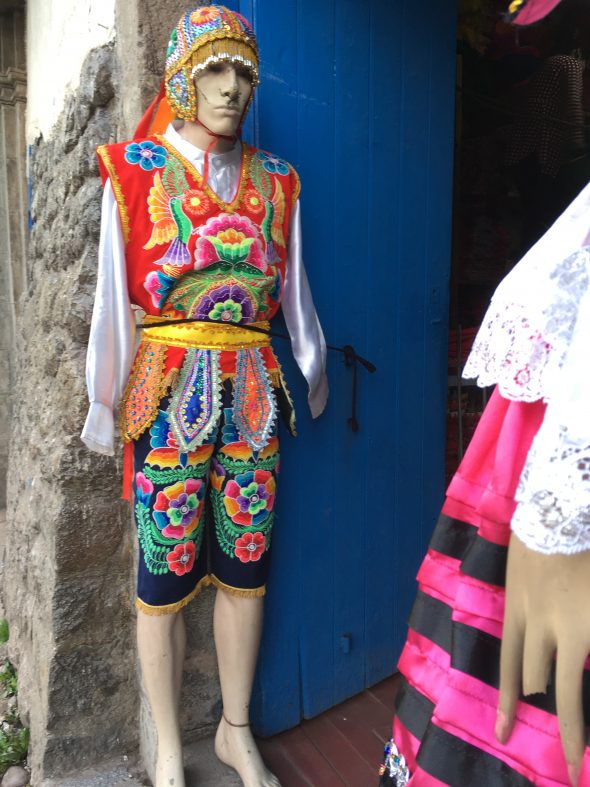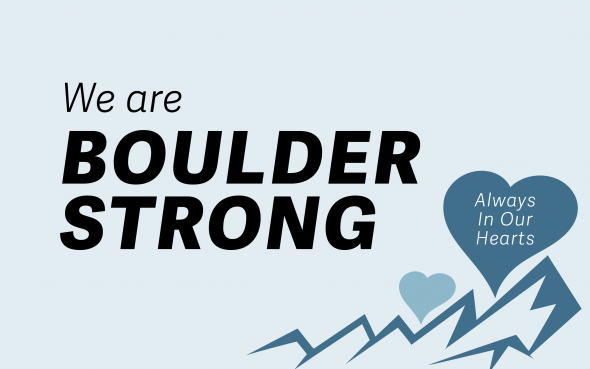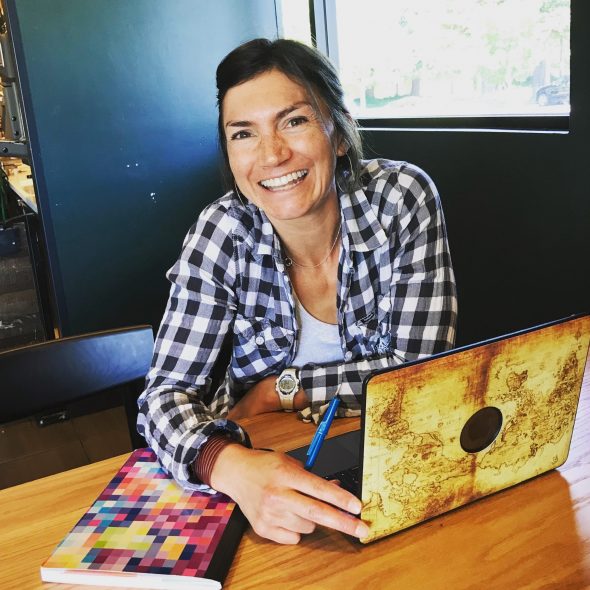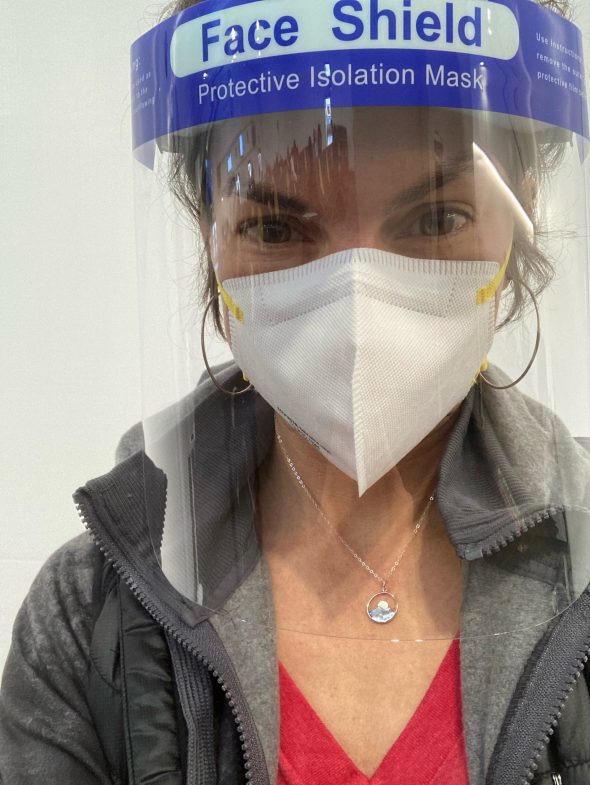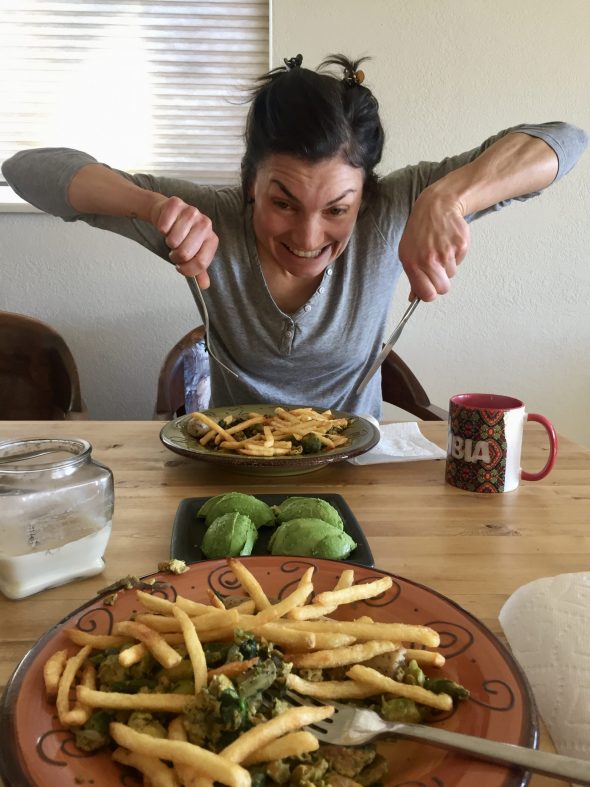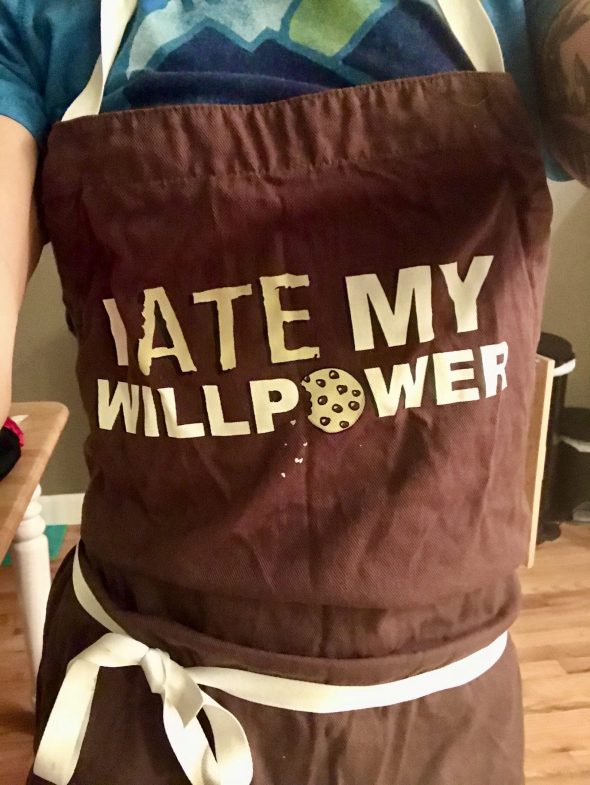I’ll never forget the tears that just kept coming, back on March 10, 2018, as my plane took off from San Francisco: final destination Bogotá. I was excited and happy that I’d made the decision and finished all the preparations to move to Colombia for a year, but the overwhelming feelings of unknown and having chosen to go far from my family, friends, and homeland wouldn’t let me fly with dry eyes.
These farewell tears appeared again a little over a year later on May 9, 2019. I boarded my flight from Bogotá with a final destination of San Francisco: I was going home. I was extremely excited to see my family, to have some of my homeland comforts and my “knowns” back, but now after 14 months of living abroad part of my heart stays in Colombia. Se queda un parte de mi corazón en Colombia. And part of my mind is a bit timid to experience another transition.
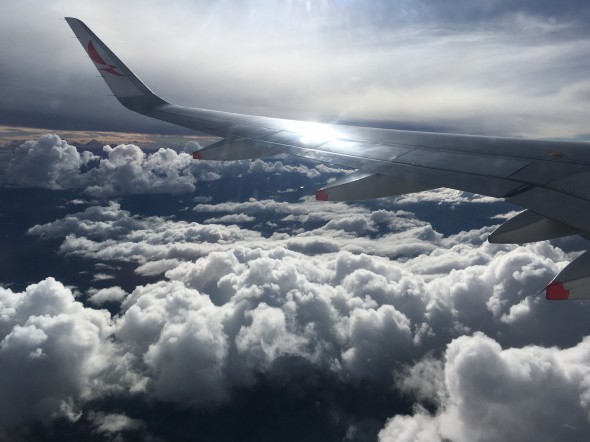
The past few years have been about transitions for me, the space between the routines and the knowns. (PS a really good book I’d recommend: Transitions by William Bridges https://www.goodreads.com/book/show/159615.Transitions ) I’m a lover of routines, and have discovered that I can find them pretty quickly, even really simple ones, that help me assimilate into any new conditions lasting more than a couple days. I seek it out, I find small ways to become comfortable with my new surroundings. Actually I’ve had fun learning this about myself. It’s kind of a game, now, when I travel.
During the last two months of my time abroad, with much more frequent travel, it dawned on me that I have an almost-subconscious checklist in order to create routines.


![]() Before leaving the front desk sign onto wifi to make sure it works and avoid repeated trips back to the lobby. Ask what hours breakfast is served and if they have real coffee, or instant. Enter new living accommodation, scope out the floor (for my evening yoga stretches); look for the pillows (I like at least two, or I have to create one with a blanket or a sweatshirt), check out the window coverings (for some reason some places think it’s perfectly sufficient to have some tissue-paper-thin curtain that will let light stream onto my sleeping eyes the moment dawn breaks; I have to find something to put over these deals); check out the faucets in the bathroom (C does not stand for Cold in Spanish-speaking countries- it stands for Caliente which means HOT, so know which lever actually gives you hot or cold in order to not waste many minutes and liters of water while waiting for the shower to heat up). Glance around bathroom for toilet paper. Most hotels & hostels are reeeally stingy with their TP. Sometimes there is one scant roll for my stay of 3-4 days. And, I swear Latin American produces the most insanely-thin tissue (toilet paper and napkins too) in the world. It takes a quarter roll to, well, do the job, you know? I’m not trying to be gross, and I’m pretty good at making a little amount work, but geeez. One of the things I’m most looking forward to back at home is “real” tissue & toilet paper!!
Before leaving the front desk sign onto wifi to make sure it works and avoid repeated trips back to the lobby. Ask what hours breakfast is served and if they have real coffee, or instant. Enter new living accommodation, scope out the floor (for my evening yoga stretches); look for the pillows (I like at least two, or I have to create one with a blanket or a sweatshirt), check out the window coverings (for some reason some places think it’s perfectly sufficient to have some tissue-paper-thin curtain that will let light stream onto my sleeping eyes the moment dawn breaks; I have to find something to put over these deals); check out the faucets in the bathroom (C does not stand for Cold in Spanish-speaking countries- it stands for Caliente which means HOT, so know which lever actually gives you hot or cold in order to not waste many minutes and liters of water while waiting for the shower to heat up). Glance around bathroom for toilet paper. Most hotels & hostels are reeeally stingy with their TP. Sometimes there is one scant roll for my stay of 3-4 days. And, I swear Latin American produces the most insanely-thin tissue (toilet paper and napkins too) in the world. It takes a quarter roll to, well, do the job, you know? I’m not trying to be gross, and I’m pretty good at making a little amount work, but geeez. One of the things I’m most looking forward to back at home is “real” tissue & toilet paper!!
Anyway, next, take a walk around the radius of the surrounding 4-5 blocks to get a feel for the immediate area, find avenues for the possibility of running, and a market or grocery store that has decent-looking produce. And maybe wine. And extra papel higénico (TP).
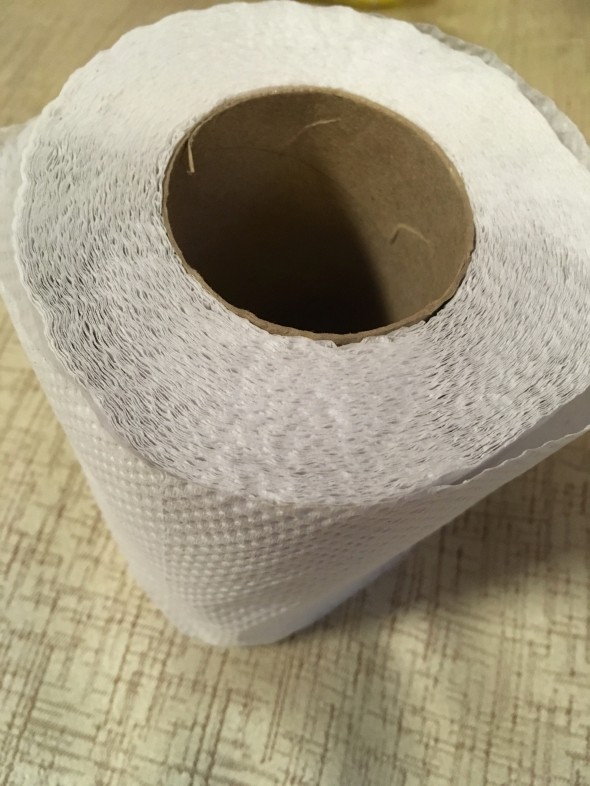
These are simple and they make a big difference in my ability to adapt quickly to a new location. Because if I feel safe, can do some exercise, get clean, sleep as comfortably as possible, know where to find a little of my preferential food and maybe connect to the internet, then I can pretty much take on anything else. Throw me almost any confusing or uncomfortable situation and it’s way easier to navigate or tolerate if most of my basic desires are covered.
I started learning to do this when I moved to Bogotá, in each of the 3 places I stayed until I moved to the apartment I lived in for almost a year. Then each time I traveled I’d repeat and find new ways to accomplish my “checklist”.
Typically I write about positive things and my love for varied experiences, even amidst inevitable challenges. I wrote the following list not to be negative but to look back with perspective and humor…and as I was looking forward to some things back home. The perspective is that mostly this stuff is funny, it’s really not serious, it’s not really very important. Travel helps with keeping perspective and being able to filter the things that have true gravity from things that just bother us. Plus, “worsts” can often be what the stuff of the best stories are made of, and often what we remember the most– with a chuckle.
BESTS & WORSTS from my travel comforts checklist:
WIFI— The best wifi was at my apartment in Bogotá; it was really reliable and only went out once the whole year I lived there. Ok, twice.. but the second time was actually my mom’s fault when, while visiting, she cut off all the electricity in the apartment by turning off every switch in the electrical box located in the kitchen; in her defense it was not really even a box because it had no door- it was a terrible setup of exposed wires and switches with no labels. But it did cause a bit of drama in the moments following! The worst wifi was a hotel in Cusco, Peru where it was a terrible connection until it just went out completely and never came back on…no explanation, many promises from the management that it was getting fixed “soon” but it never did and so two of the online English classes I was teaching were cancelled.
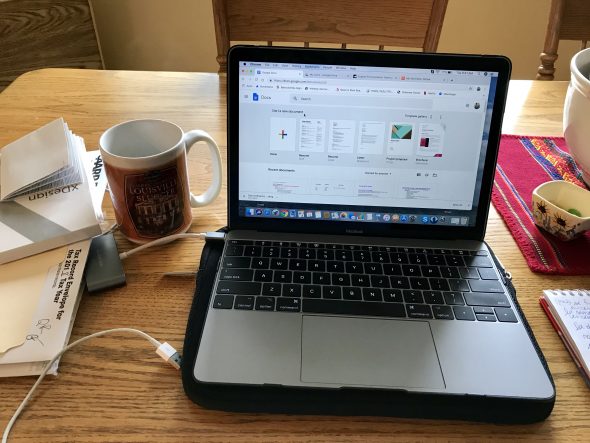
FLOORS— The best floor space was again, my Bogotá apartment because I could control it. The worst floor was…well, most weren’t good. Most (non-fancy) lodging in S America offer only tile floors. My hostel in Panamá was the worst. Cold, hard, and really difficult to do yoga or sit-ups on. The good thing about tile is that it’s cleaner than carpet (which would be really gross in a high-volume hostel…ew.)
PILLOWS— The best pillows were in Cusco, 4 fluffy ones = decadent! The worst pillow situation was in a hostel in Santa Marta, Colombia; there wasn’t one. It’s a hot place so I had no sweatshirt, jacket, or extra blanket to create a make-shift additional pillow. So sad (haha)
WINDOWS— The best window coverings were in my Bogotá apartment: black-out curtains for those morning sleep-ins post-late-night-salsa-dancing. The worst window covering was, oh geez so many.. but at many of them I could find an extra blanket or sheet and somehow hang it over the top of the window. I got good at climbing on stuff to accomplish this. The Air Bnb I stayed in during my final week in Bogotá was the worst because there was a street lamp literally outside my window shining directly in, and the “designer” window covering was a light fabric that hardly blocked anything. It was ridiculous, obviously the owner hadn’t spent a night in his place…or he has really, really thick eyelids.
SLEEP— The best sleep I got was in my Bogotá apartment though I got very little most weeknights due to my schedule. The worst sleep I got was in Panamá because even though they had decent window coverings and pillows, it was hot as hell and I couldn’t couldn’t use any sheets, not wanting a single thing covering or really even touching me. I almost never want to get up early if I don’t have to, but there, once the sun rose I was up and outta that sweaty bed; anywhere else had to be more comfortable than lying there in my own sticky skin.
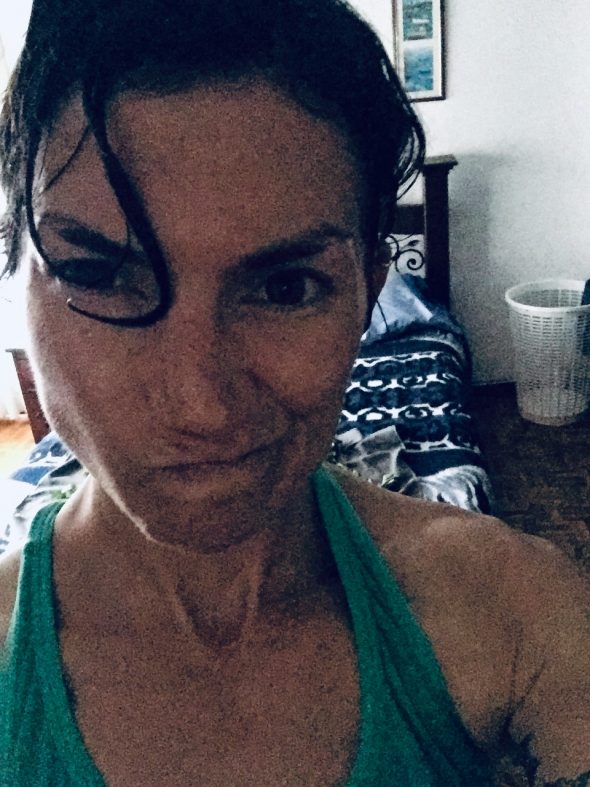
SHOWERS— The best shower was in Ollantaytambo (in the Sacred Valley) in Peru; the lodging was ok but the shower head gave wonderful water pressure and the temperature was surprisingly consistent. The worst shower situation was…so many. It became a joke. As so many aspects of travel does because you just have to laugh at all the discomforts that you know you’re choosing to take on. For sure, showers are not South America’s forte. I have said before how human adaptability is amazing to me, in big and small ways. I’ve become ok with lukewarm and even cold showers. An innumerable amount of showers I’ve experienced have no hot water, really variable temps (listen in the hallway for shrieks when it suddenly changes), electric cords that connect right to the shower head to heat the water (watch out for a slight shocking sensation at times), and shower heads that are hilariously maddening with the way the water sprays out. The various “worst” shower stories could be a full blogpost in itself. I got good at fast showers in my Bogotá apartment because the hot water lasted about 4 minutes (imagine washing hair plus shaving legs- it’s really quite dangerous to try and accomplish this at light-speed, proven by many an urgent post-shower search for bandaids). The pressure was the worst in a Bolivian hostel in the middle of the Salar (salt dessert): just a dripping pipe, really; and the spray was the worst in Copacabana, Bolivia: it had me gyrating like one of those air-human-forms that businesses put out front of their buildings to attract attention for sales and stuff– just trying to get hit by some randomly-flying drops to rinse myself.

I literally shouted profanities at the water and had to spend at least 4x as long as normal in order to get rinsed off. There was no shaving happening that day. And then the worst heating process was Cusco, Peru where I let the water run for 5 full minutes and nothing happened, yet it was advertised as having hot showers. I turned it off and called the front desk. Oh yes, they said, that’s normal, you must let it run for about 10 minutes until you’ll feel the warmth. ..Good God, TEN minutes?!
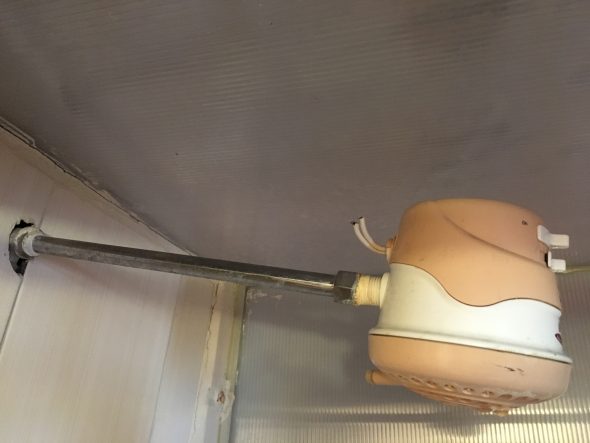
TOILET PAPER— The best toilet paper was in the Air Bnb Apartment in Bogotá where I stayed when my parents came to visit. They left us a huge stock, and 2-ply – We were in TP Heaven! The worst toilet paper situation was Ollantaytambo, Peru (the one with the great shower): this loosely-wound roll of nothing lasted me like two trips to the loo. Again, not being gross. Please don’t drum up any images, just trust me that this paper thing is an on-going issue for foreigners.
RUNNING— The best place for running was a tiny town (who’s name I forget) in Bolivia, where I headed out just after dawn and had a dirt road that wound slowly out of town but didn’t feel scary at all, with beautiful views and fresh mountain air. The worst place for running was also in Bolivia, in the town of Uyuni. I did go a couple times, but it didn’t have any infrastructure like paths or even good sidewalks. There were many street dogs, which made me nervous. Most left me alone but some barked a lot and pursued me, usually retreating when I firmly told (ok, I might have yelled) them ‘NO’ (a very international word) and stood my ground. Additionally, it’s super-high altitude so without much O2 to breathe, I basically ended up doing more like a fast-walk than a run. Running wasn’t awesome in Bogotá, either, because it’s a huge city with bus & traffic pollution; I really lost a lot of my mojo about running while living there. But to be fair, Bogotá has some pretty good paths and parks in Bogota so it doesn’t get the worst rating in this category.
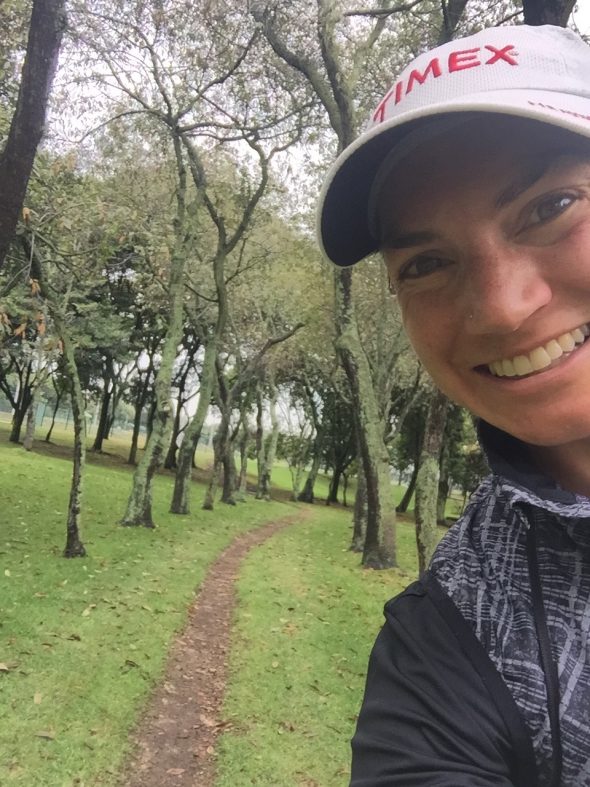
GROCERY STORES— The best grocery stores were in Bogotá. It’s a huge city with a lot of options. The nicest grocery store there is kind of like a less-expensive Whole Foods with beautifully-displayed produce and other departments; it’s called Carulla. This chain began in Bogotá and there are many locations in the bigger cities within the country; you can find lots of international brands sold in Carullas. 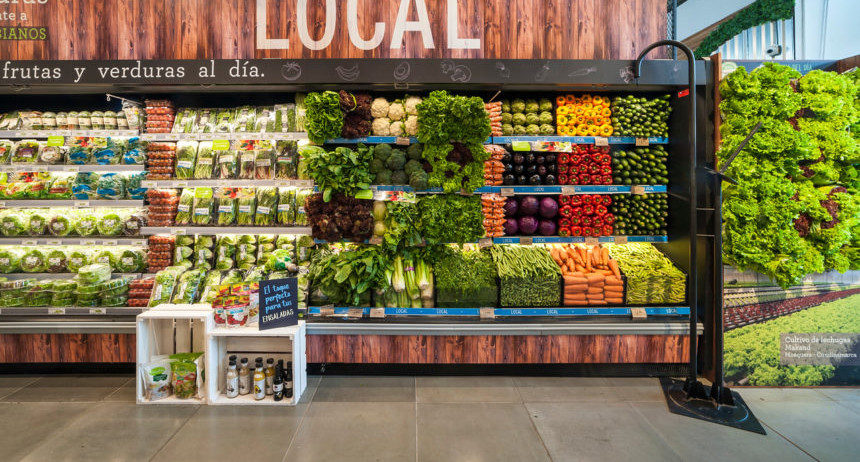
The worst grocery store/produce situation was Bolivia. There was one small market with nothing fresh; the best I could do for anything green was canned peas and green olives. But their wine was really good. Go figure.
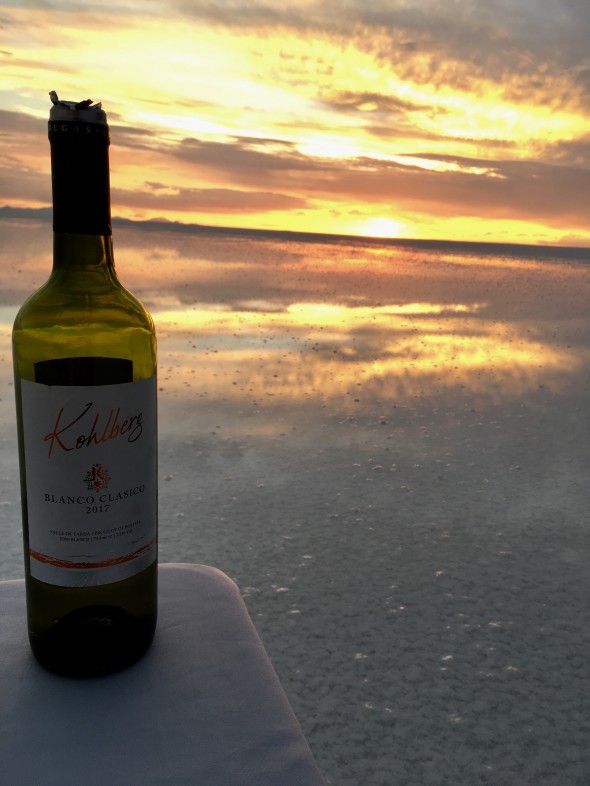
Transitions, routines…and perspectives. I have definitely not fully processed how my perspectives have changed after a year of living abroad, of living in Colombia. I can’t until I’ve been back to a US life for a while, to feel the differences. Every culture has its different ways of doing many of the same things; I mean, humans are so alike in so many ways, and then there’s just differences in the processes or the attitudes along the way of accomplishing all the similar human tasks and meeting our similar human needs.
But, really, there’s more. There’s much more underlying the “similar processes”. Something I see way more clearly now is that on one hand it’s really good to have a compassionate acceptance of the fact that “we’re all human” and not trying to pinpoint differences for the sake of categorizing and judging; on the other hand it’s really good to try and notice the differences because that can expand our minds. We’re all used to what we’re used to, but we are incredibly adaptable. And many things a culture is used to is based on non-changeables such as geography, climate, availability of resources and which resources; then all these things affect processes and behaviors. I learned in Colombia that a lot of regional differences in how people act is rooted in the weather. Warmer climates = generally more open, loud & friendly but somewhat lackadaisical people; colder climates = generally more reserved, hard-working, and somewhat less friendly/more guarded people. Bogotá is nicknamed “La Nevera” which means “the Fridge”, and it references not only the weather but the “climate” of the people’s behavior.
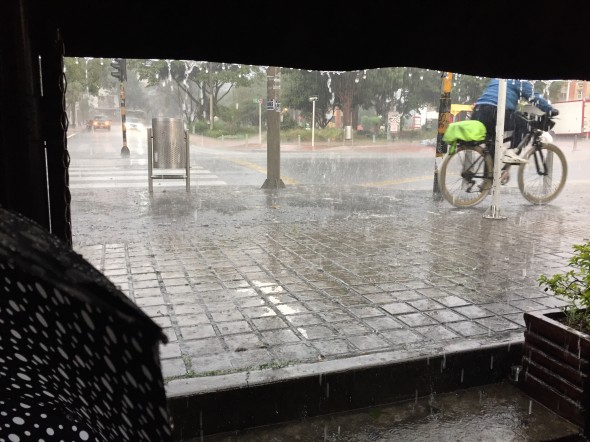
Note: during my year there I met dozens & dozens of wonderful, hospitable, friendly people with good senses of humor and a willingness to help others out; but generally speaking upon first impression, most Rolos (Bogotá natives) aren’t very open; they’re guarded and more subdued in their behaviors than, say, the people who live on the Caribbean or Pacific Coasts, or in the coffee region- all areas with much warmer climates.
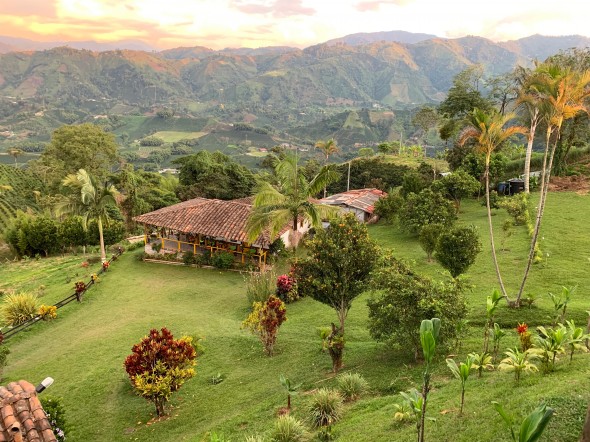
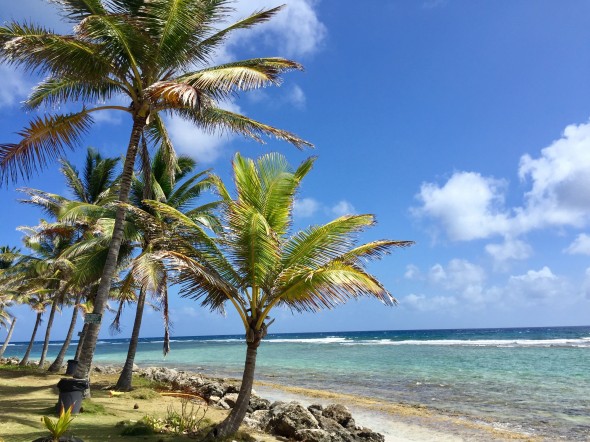
Colombia: a rough history, but let’s move on. The history of corruption, war, drug exportation, and poverty in Colombia is a tough one and hopefully one that will continue on its trajectory of improvement, but it certainly plays a role in the culture and practices of its people. Poverty, hunger, drug-abuse, and homelessness I witnessed in Bogotá will forever be etched in my mind with deep sadness; however it may not have been so different if I had lived in any number of US cities. These hardships aren’t only tied to histories such as Colombia’s, but they can related to infrastructure, federal & local investment, and apathy in a community.
The background of political corruption, still-prevalent machismo (sexism), social status distinctions & expectations, a general lack of customer service, and the many times lack of forthrightness (aka honesty)– these things stood out to me as culturally quite different than what I am used to back home. These themes are not absent in the US, but they may just present differently. Societal behaviors & attitudes are hard to identify when it’s your native culture.
Over the past two months it’s been interesting for me to observe my feelings and responses now that I’ve been surrounded for quite some time by different cultural undertones in Colombia. Some things that frustrated me a lot at first just aren’t a big deal now, and some I learned how to ignore, tolerate, navigate, or decide when to actually speak up or act differently. There are ways of doing things and behaving in the US that stand out now, they bother me more, but I’m using the practice of mindfulness and reflection to see what to do about them. They will hopefully be opportunities for me to adapt my way of responding to the world, continually. #alwaysadapting
